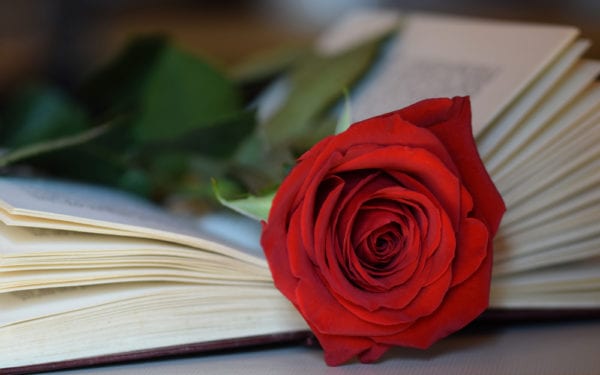Tale as old as time: romance and the core plots of literature
Tale as old as time: romance and the core plots of literature
Tale as old as time: romance and the core plots of literature
-
Hannah
-
Hannah


What has been will be again,
what has been done will be done again;
there is nothing new under the sun.
– Ecclesiastes 1:9
Originality is one of the key concerns for an author. Of course I want to write a book that is fresh and unique. New is what draws in a reader and holds their interest. But have you ever thought that when it comes to writing, ‘new’ isn’t entirely new – it is simply a new twist on an old tale?
Those who study the craft of writing identify core plots in literature on which, they asset, all stories are based. They do not, however, necessarily agree on what the plots are.
Here is one iteration:
1. The hero is destroyed by a fatal flaw – think Hamlet.
2. The hero triumphs through virtue or standing firm – think Bridget Jones.
3. A relationship is threatened because not everyone can have what they want – think Twilight.
4. Two people fall in love, but something gets in the way of their happy ending – think Romeo and Juliet.
5. The hero goes on a quest to get or to deliver something valuable – think The Lord of the Rings.
6. The hero is haunted by a secret from the past – think Rebecca.
7. The hero goes through a difficult time but wins out over the bad guys – think Robin Hood.
In his book The Seven Basic Plots, Christopher Booker categorises stories as follows:
1. Overcoming the monster – think Dracula.
2. Rags to riches – think Jane Eyre.
3. The quest – think the Odyssey.
4. Voyage and return – think Alice in Wonderland.
5. Comedy – think A Midsummer Night’s Dream.
6. Tragedy – think Anna Karenina.
7. Rebirth – think Beauty and the Beast.
Meanwhile, researchers at the University of Vermont used a computer algorithm to assess 1,737 stories and came up with these six core plots:
1. Rags to riches (rise in happiness)
2. Tragedy, or riches to rags (fall in happiness)
3. Man in a hole (fall–rise)
4. Icarus (rise–fall)
5. Cinderella (rise–fall–rise)
6. Oedipus (fall–rise–fall)
However you classify the themes at the heart of fiction, there is always a place for romance. Some romances, of course, are tragedies, like Wuthering Heights, Gone with the Wind and Romeo and Juliet. But happy-ever-after romances, where do they come in? According to Booker, many draw on the core story of comedy. The word ‘comedy’ usually implies humour, but in its traditional sense it means ‘a dramatic work in which the central motif is the triumph over adverse circumstance, resulting in a successful or happy conclusion’ (Dictionary.com).
‘There is nothing new under the sun…’ I don’t entirely agree with this sentiment. When I write a new romance novel, it is new – in a sense. But it is also following a long-standing tradition, drawing on an old story that ‘has been done [and] will be done again’. Ultimately, the romances I write tell the oldest story in the world: of two people meeting and falling in love and forging a life together. ‘Tale as old as time,’ as the Disney adaption of Beauty and the Beast puts it.